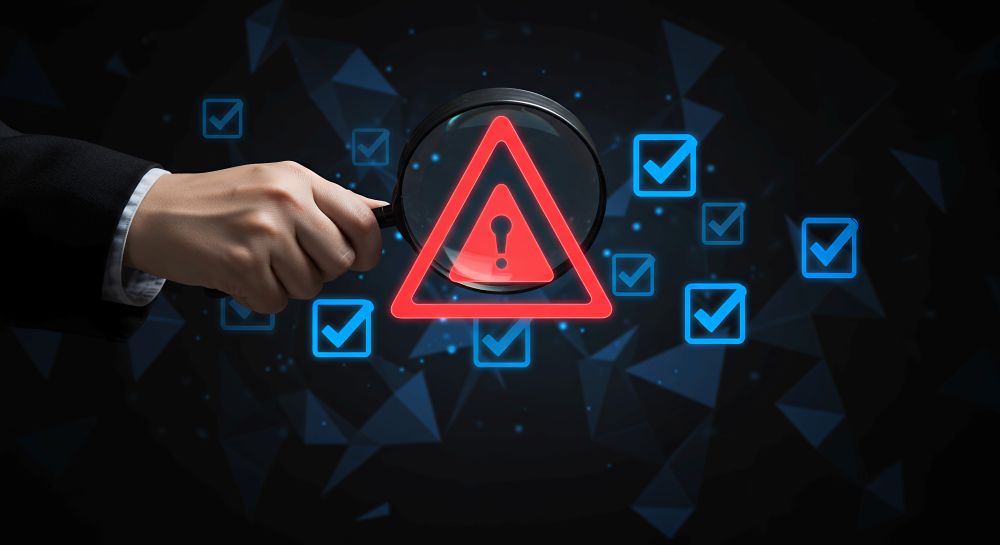
Your client’s email gets compromised.
You spring into action—reset passwords, follow the M365 account compromise playbook, check every box in your incident response plan.
Crisis averted. Right? Not even close. Here’s how bad it got for one credit union.
The next morning, you get the real story: One of your help desk techs skipped a step. The MFA checkbox? Unchecked. A new account rolled out without it. Now? The spotlight’s on you. You dig in. Sift through thousands of emails. Pull logs. Piece together timelines. Track down who clicked what, when, and where the data went.
Meanwhile, normal tickets pile up. Clients get annoyed. Your engineers are exhausted.
And you? You’re buried in a nightmare of your own making.
That’s when the lawyers get involved. Because your client just got served. And now their attorneys are asking questions—ugly ones.
- Who was managing security?
- Who failed to implement MFA?
- Who was supposed to monitor that M365 environment?
They’re not just going after your client. They’re coming after you.
Why? Because in the world of cyber lawsuits, everyone gets blamed—and the MSP is usually the easiest target. This is becoming the new normal. In the last 90 days alone, the number of breach-related class action lawsuit settlements has doubled. The plaintiffs’ bar has found its next cash cow—and it’s your clients’ email.
And if you think “we forgot MFA” is a solid defense…
Ask yourself this:
Do you have evidence that you recommended conditional access, only allowing known devices?
Do you have a signed risk acceptance form?
Or were you hoping the checkbox was checked?
This kind of mistake would never show up on a vulnerability scan. That’s why we don’t just run scans—we perform recurring full-stack assessments of M365 environments.
We catch what automated tools miss.
We document everything.
We protect you from being the scapegoat when the client gets hit.
That’s the belt-and-suspenders approach. That’s what ClientWatch was built for.
Real assessments. Real analysts. Real protection.
Delivered quarterly—because once a year isn’t good enough anymore.
And your clients? They’ll pay for it.
Because they don’t want to be the next FloridaCentral, paying millions for a 48-hour mistake.
So, what’s it going to be? Keep winging it with the checkbox security model?
Or schedule a Cyber Liability Assessment and get the documentation, process, and protection you actually need? Because when the breach hits—and the lawyers start circling—hope isn’t evidence. ClientWatch is.


